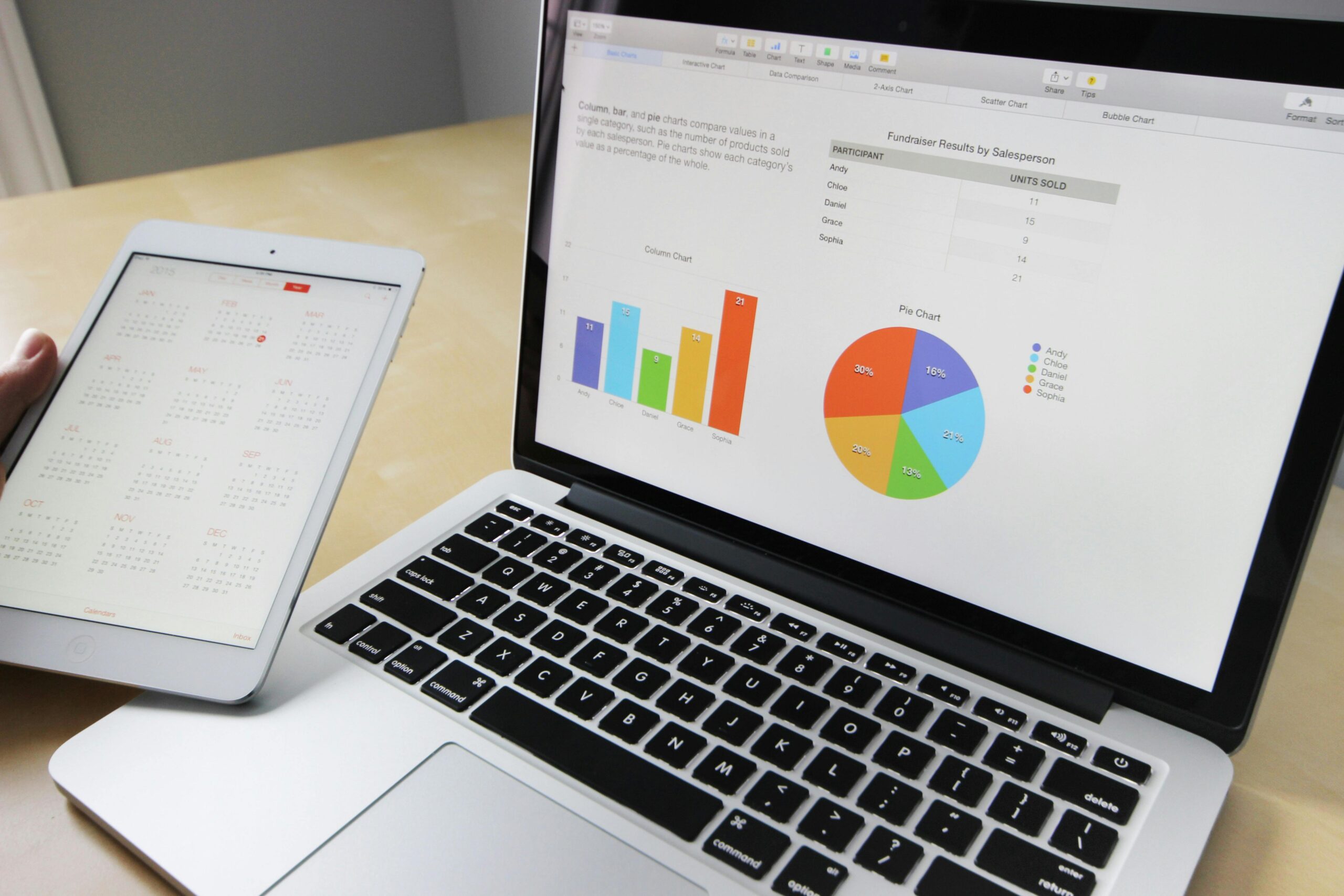Dropshipping is one of the most popular ways to start an online business without needing to manage inventory or handle shipping. In 2025, this business model continues to attract entrepreneurs looking for flexibility, low startup costs, and global reach.
With evolving technology, AI-powered tools, and new platforms, dropshipping in 2025 is smarter and more efficient than ever. This article will explain everything you need to know about how dropshipping works today, the pros and cons, tools you can use, and how to start your own dropshipping business.
What Is Dropshipping?
Dropshipping is a retail fulfillment method where you don’t keep the products you sell in stock. Instead, you purchase the item from a third-party supplier who ships it directly to the customer.
Key Differences from Traditional E-Commerce:
- No inventory storage required
- No shipping or handling by the store owner
- Lower upfront costs
Key Players:
- Seller (You): Owns the online store and markets the products
- Supplier: Manufactures or stocks the product
- Customer: Places orders via your store
How Dropshipping Works in 2025
The core model is still the same, but 2025 has brought improvements in tools and automation.
Step-by-Step Process:
- You list a product on your store
- A customer places an order
- You forward the order to the supplier
- The supplier ships the item directly to the customer
- You keep the profit margin between your retail price and supplier’s cost
What’s New in 2025:
- AI product recommendation engines
- Automated supplier syncing and order fulfillment
- Real-time inventory updates
Top Tools & Platforms:
- Shopify
- WooCommerce + AliDropship
- DSers for AliExpress automation
- Spocket for US/EU-based products
AI Trends:
- Chatbots for customer service
- AI-driven email marketing
- Automated pricing tools
Benefits of Dropshipping
- Low Startup Costs: No need for bulk inventory
- Flexibility: Work from anywhere
- Scalability: Add unlimited products
- Low Risk: Only pay when you get a sale
CTA: Ready to start your dropshipping journey? Read this guide on setting up a Shopify store
Challenges of Dropshipping in 2025
While dropshipping is easy to start, it’s not without its hurdles.
- High Competition: Many sellers offering the same products
- Shipping Delays: Especially from international suppliers
- Quality Control: You can’t inspect items before delivery
- Policy Changes: Stricter rules on Meta Ads, payment gateways, and customs laws
Best Platforms for Dropshipping in 2025
Here are the top platforms to consider:
| Platform | Pros | Best For |
|---|---|---|
| Shopify | User-friendly, lots of apps | Beginners and scaling businesses |
| WooCommerce | Open-source, flexible | Tech-savvy users |
| BigCommerce | Built-in features, fast loading | Growing brands |
| Amazon/eBay | Huge traffic, existing customers | Hybrid sellers |
Top Niches to Watch in 2025
Picking the right niche is key. Here are profitable areas:
- Eco-friendly and sustainable products
- AI gadgets and smart devices
- Fitness gear and wearables
- Custom merchandise (print-on-demand)
- Pet accessories and health
Dropshipping vs. Other Online Business Models
| Model | Inventory | Startup Cost | Profit Margin | Risk Level |
|---|---|---|---|---|
| Dropshipping | No | Low | Medium | Low |
| Amazon FBA | Yes | Medium-High | High | Medium |
| Affiliate Mktg | No | Low | Low | Low |
| Wholesaling | Yes | High | High | High |
How to Start a Dropshipping Business in 2025
1. Find a Supplier
- Use platforms like AliExpress, Spocket, or CJ Dropshipping
- Always order test products to check quality
2. Choose Your Platform
- Shopify for ease of use
- WooCommerce for customization
3. Set Up Your Store
- Choose a niche and design your website
- Write engaging product descriptions
- Install apps for reviews, upsells, and analytics
4. Pricing & Profit
- Use keystone pricing (double the supplier price)
- Consider fees for platforms, ads, and returns
5. Legal & Tax
- Get a business license or permit (varies by country)
- Check for tax obligations in your location
Tips for Success in 2025
- Build a Brand: Use custom logos and packaging
- Provide Support: Live chat and return policies matter
- Use Influencer Marketing: Reach customers organically
- AI for Growth: Analyze data, automate tasks, and optimize ads
Common Mistakes to Avoid
- Choosing unreliable suppliers
- Not testing products before selling
- Selling seasonal or trendy items only
- Ignoring customer feedback and reviews
📊 Chart: Dropshipping Market Growth (2021-2025)
Year | Market Size (USD Billion)
-----|---------------------------
2021 | 128.6
2022 | 155.2
2023 | 196.8
2024 | 234.1
2025 | 276.5 (Projected)
Source: Grand View Research
Potential pros and cons of dropshipping
Here are the potential pros and cons of dropshipping to help you understand both the benefits and drawbacks of this business model:
✅ Pros of Dropshipping
- Low Startup Cost
– No need to invest in inventory or a warehouse. - Easy to Start
– Simple to set up with platforms like Shopify or WooCommerce. - Scalable
– Add new products without increasing overhead. - Flexible Location
– Run your business from anywhere with an internet connection. - Wide Product Selection
– You can sell products from multiple suppliers without stocking them. - Low Risk
– You only purchase products when you make a sale.
❌ Cons of Dropshipping
- Lower Profit Margins
– Because of high competition, margins can be thin. - Inventory Issues
– No control over stock levels; suppliers may run out. - Shipping Complexities
– Longer delivery times, especially from overseas suppliers. - Quality Control Challenges
– You don’t see the product before it reaches the customer. - Customer Service Risks
– If something goes wrong with fulfillment, it reflects on your business. - High Competition
– Many stores sell the same trending products, making it hard to stand out.
Is dropshipping right for you?
Dropshipping can be a great option if you’re just starting out in e-commerce and want to test the waters without a big investment. It’s ideal for people who have limited capital, want the flexibility to work from anywhere, and are comfortable with online tools and marketing. Since you don’t need to buy inventory upfront or handle shipping, it lowers the financial risk and operational hassle. If you’re creative, good at digital marketing, and willing to learn new tools and trends, dropshipping can be a smart way to build an online business.
However, dropshipping isn’t for everyone. If you want full control over your products, shipping times, and customer experience, the limitations of working with third-party suppliers might frustrate you. It also comes with lower profit margins compared to other business models like wholesaling or private labeling, especially with so many people selling similar products.
How to Choose the Best Dropshipping Suppliers
Choosing the right dropshipping supplier is one of the most important decisions you’ll make in your dropshipping business. A good supplier ensures fast shipping, quality products, and a smooth customer experience. A bad one can hurt your brand and reputation.
Always order samples first. This helps you test the product quality, packaging, and shipping time. Look for suppliers that consistently deliver high-quality goods and include proper labeling or branding options.
Start with multiple suppliers if possible. This gives you flexibility and a backup if one runs into stock issues.
FAQs About Dropshipping in 2025
Q1: Is dropshipping still profitable in 2025?
Yes, especially in niche markets. Profitability depends on how well you choose products, market them, and manage your store.
Q2: Do I need a business license?
It depends on your location. In most countries, yes—you’ll need to register your business to collect taxes and open a business account.
Q3: How much money do I need to start?
You can start with as little as $100–$300. Main costs include your store platform, domain, and initial marketing.
Q4: Can I dropship without a website?
Yes, using platforms like eBay, Amazon, or Facebook Marketplace, but having your own website gives you more control and profit.
Q5: Is dropshipping legal?
Yes, dropshipping is legal in most countries—including the U.S., Canada, the UK, Australia, and the Philippines—as long as you operate your business honestly and comply with local laws and regulations.
Q6: What’s the difference between dropshipping and retail arbitrage?
Dropshipping is a fulfillment model where you sell products online without holding inventory. When a customer places an order, the product is shipped directly from a third-party supplier to the customer.
In contrast, retail arbitrage involves buying discounted products from retail stores or online marketplaces (like Walmart or Amazon) and reselling them for a profit—usually on platforms like eBay, Amazon, or Facebook Marketplace.
Final Thoughts
Dropshipping in 2025 offers a smart and low-risk way to start a business online. While it’s not a “get-rich-quick” scheme, with the right tools, mindset, and effort, it can become a reliable source of income.
If you’re ready to begin, choose your niche, find a supplier, and launch your store using tools like Shopify or WooCommerce. Keep learning, adapt to trends, and always focus on giving your customers a great experience.
Disclaimer
This article is for informational purposes only and does not constitute financial, legal, or business advice. Please consult with a professional before making any business decisions related to dropshipping or e-commerce.



